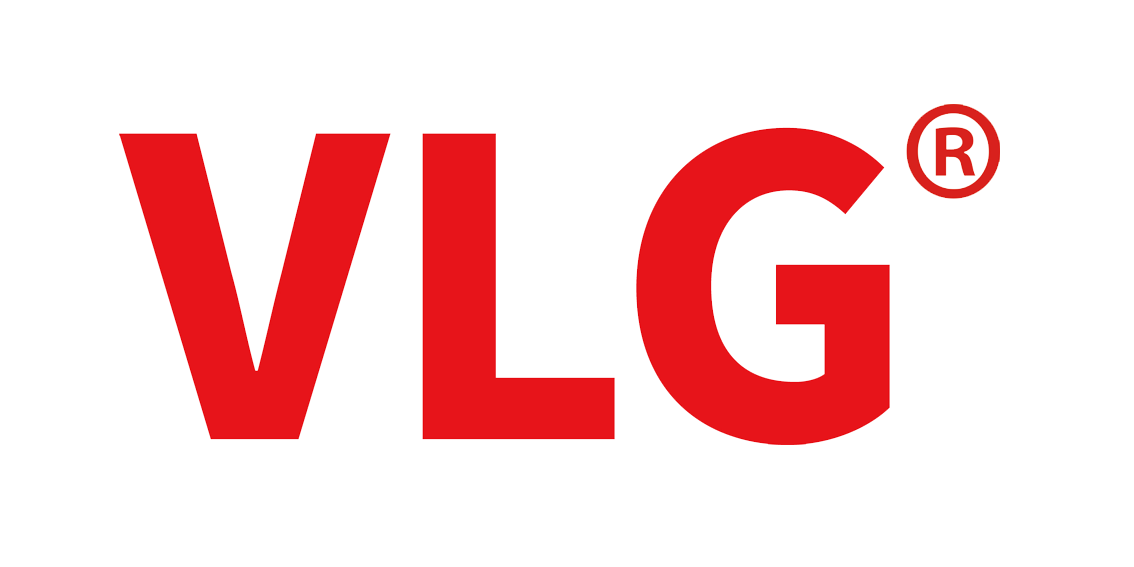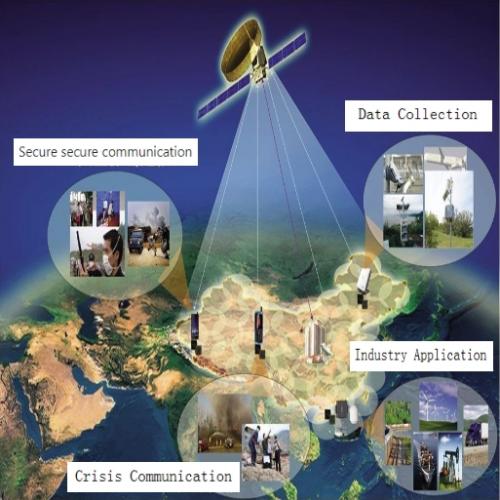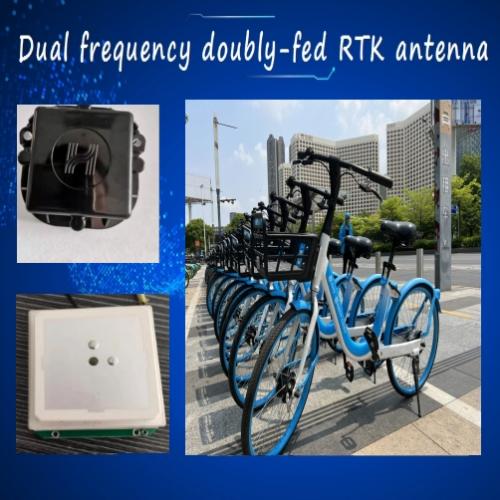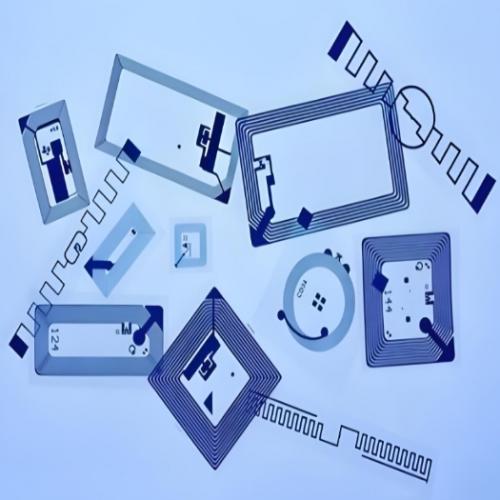Repeater antennas play a vital role in mobile communication networks, By properly deploying repeaters and their antenna systems, they can effectively increase network coverage, improve call quality and data transmission rates, and reduce communication blind spots and dropped calls, rate and improve user satisfaction, The repeater antenna is an important part of the repeater system and undertakes the key task of relay transmission and optimization of wireless communication signals.
Application scenarios:
1. Indoor coverage enhancement: In large buildings, such as office buildings, shopping malls, exhibition halls, conference centers and other spaces with high traffic flow and complex structures, mobile communication signals are seriously attenuated due to factors such as walls and floors, Placing a station with a ceiling antenna can effectively improve and enhance indoor wireless communication signal quality.
2. Eliminate coverage blind spots: When there are coverage blind spots with weak or no network signals in specific areas, such as underground garages, subway stations, tunnels, basements, etc., installing repeaters and ceiling antennas can receive weak signals from outdoor base stations, It is amplified and re-emitted to fill in these areas where the signal is insufficient.
3. High-rise building signal penetration: For high-rise residential buildings or office buildings, the signal received at the lower floor may not be able to effectively penetrate into the high-rise building, By deploying a repeater ceiling antenna system at a suitable location in the building, the signal from the low-rise to the high-rise can be achieved, Effective signal forwarding.
4. Special environmental requirements: In places with high communication quality requirements such as hospitals, schools, and hotels, or in environments with large areas and complex structures such as factory workshops and warehouses, repeater ceiling antennas are used to ensure that all corners are covered Stable wireless communication service.
Product advantages:
1. Powerful signal reception and amplification capabilities: The repeater antenna can receive weak signals and amplify them to enhance signal coverage and quality, ensuring reliable communication connections in areas with weak signals or insufficient coverage.
2. Broad compatibility: The antenna should be compatible with various wireless communication systems and devices, including different operators and network standards, to meet the needs of different users.
3. High gain and directivity: With high gain and good directivity, it can concentrate signal energy and transmit it to specific directions, improving signal strength and coverage while reducing signal interference and leakage.
4. Flexible installation and adjustment: The repeater antenna should be designed to be easy to install and adjust, and can adapt to different environments and installation conditions, It can provide a variety of installation options, such as wall mounting, roof mounting, etc., to meet the needs of different scenarios.
5. Durability and reliability: Repeater antennas need to be durable and reliable, and can operate stably in various weather conditions, It should undergo rigorous testing and quality control to ensure long-term performance and reliability.
6. Good cost performance: While providing high performance, the repeater antenna should also have a reasonable price to provide good cost performance, This makes it a cost-effective solution for users when extending signal coverage.
In short, repeater antennas are a common means to solve indoor wireless signal coverage problems, They are especially suitable for places that require uniform coverage over a large area and multiple floors and eliminate signal dead spots.








